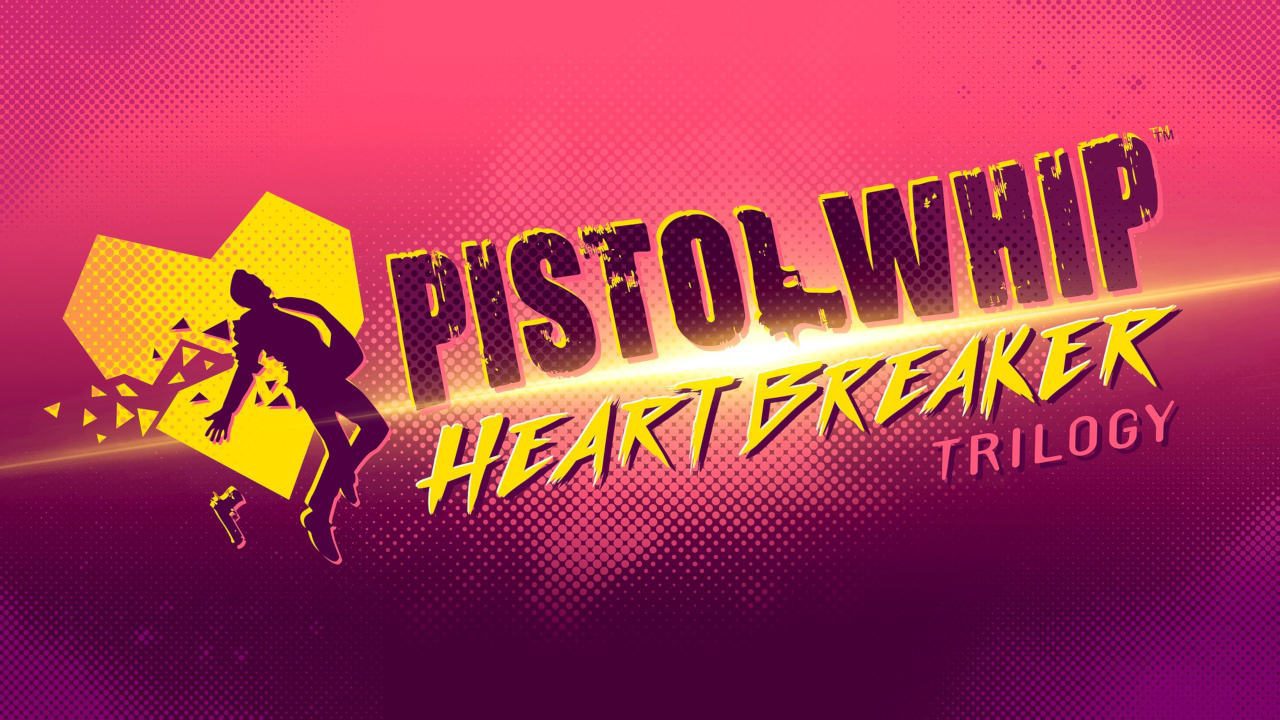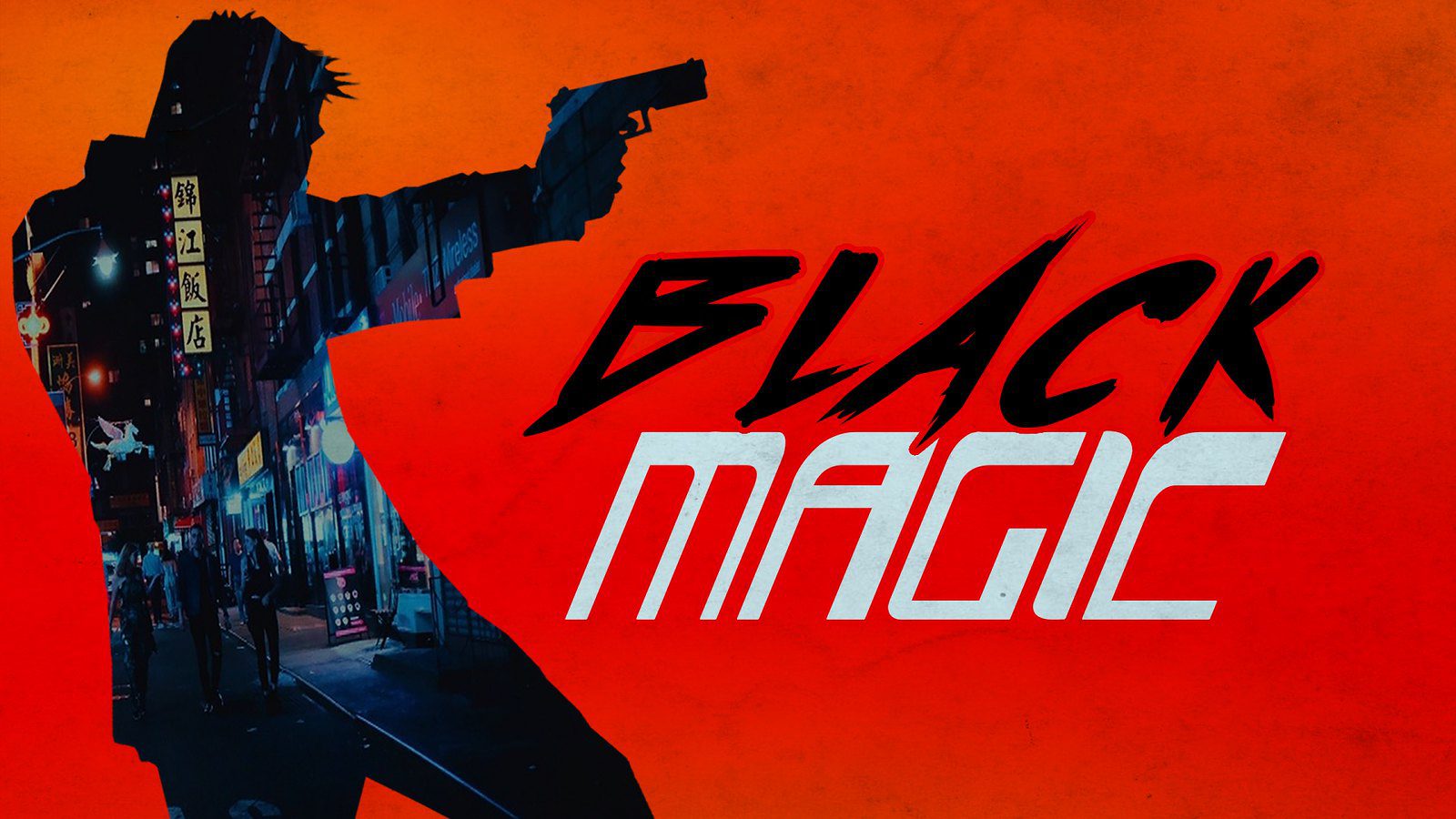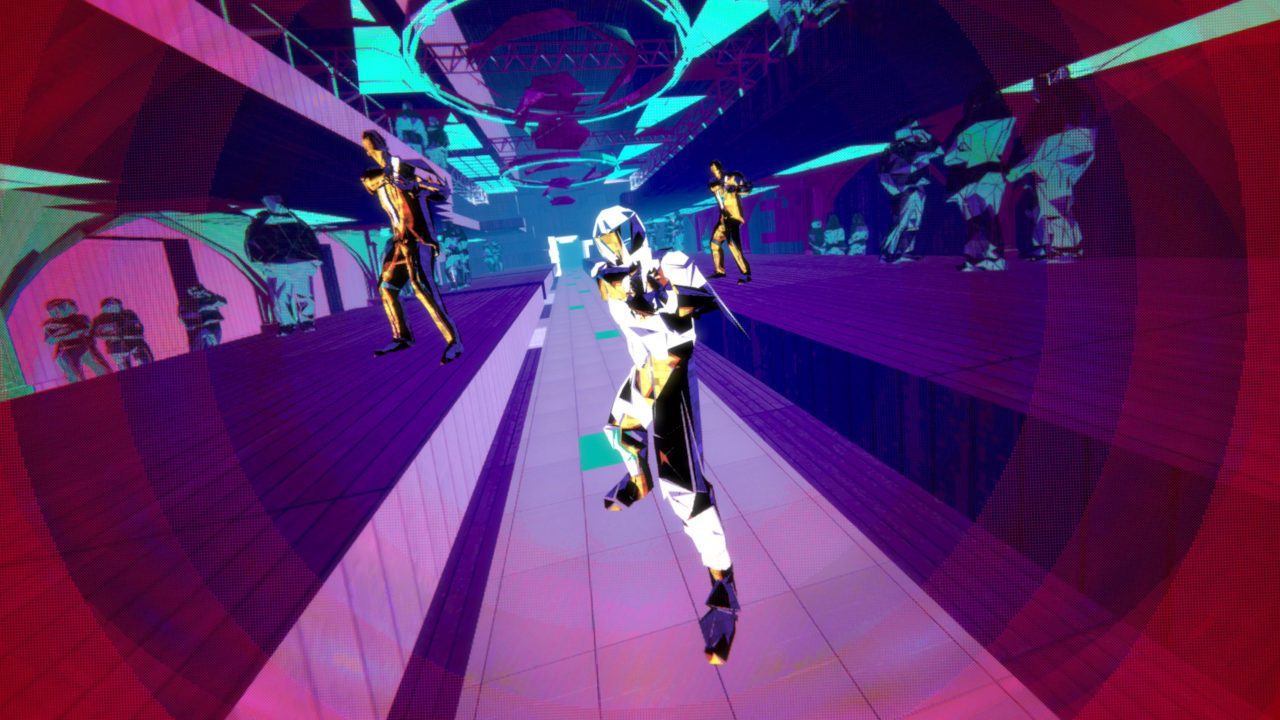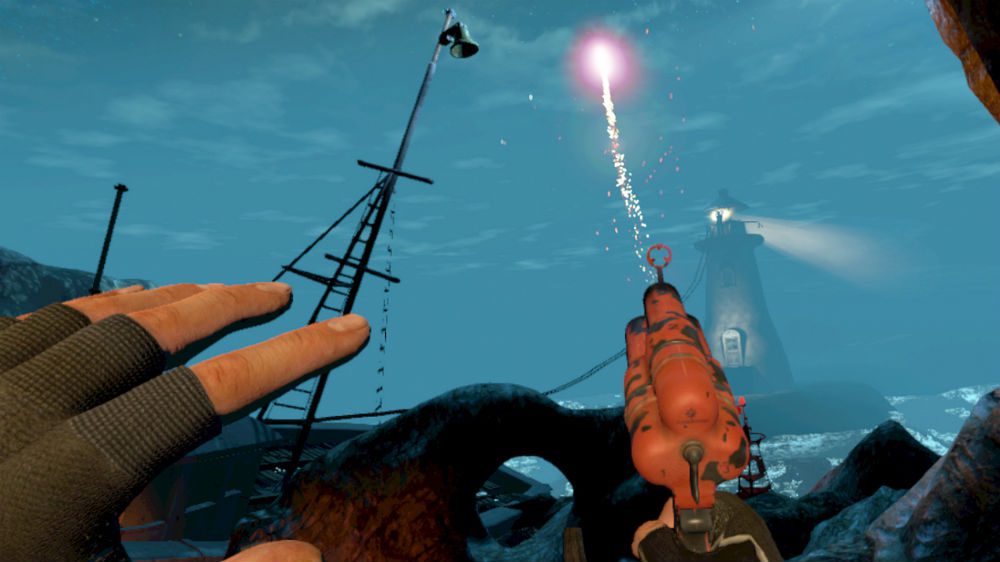Schlagwort: Cloudhead Games
-

Pistol Whip’s new Contracts feature drags players out of retirement June 16
Reading Time: 3 minutesNo good hitman retires forever. Pistol Whip Contracts is here to make you an offer you can’t refuse, just sign on the dotted line and let the hunt for your targets begin. Your assignment: elimination. Explore a whole new way to take down your enemies and reap the rewards with Contracts, a…
-

Das neue Contract-Feature von Pistol Whip holt euch ab dem 16. Juni aus dem Ruhestand
Reading Time: 3 minutesKein echter Auftragskiller geht wirklich in Rente. Pistol Whip Contracts möchte euch ein Angebot machen, das ihr nicht ablehnen könnt: unterschreibt einfach und schon geht die Jagd nach euren Zielen los. Euer Auftrag: Elimination. Findet einen ganz neuen Weg, wie ihr eure Gegner erledigen könnt und sammelt die Belohnungen für Aufträge ein.…
-

Inside the creation of Pistol Whip’s cinematic PS VR campaign, 2089
Reading Time: 4 minutesHey there, action heroes! We are back again and elated to talk to you about our newest update, 2089, and what makes it special. Not only is this gritty cinematic campaign our first-ever for Pistol Whip, it’s also the result of many other firsts for the game. From animated cutscene cinematics to…
-

Wie die kinoreife Kampagne 2089 von Pistol Whip geboren wurde, die heute auf PlayStation VR erscheint
Reading Time: 4 minutesHallo Actionhelden! Da sind wir wieder und brennen schon darauf, euch von unserer neuesten Aktualisierung – 2089 – zu erzählen und davon, was sie so besonders macht. Diese düstere, kinoreife Kampagne ist nicht nur unsere allererste für Pistol Whip, sie ist auch das Resultat vieler anderer Premieren, die es im Spiel gegeben…
-

Pistol Whip’s The Heartbreaker Trilogy update out today for PS VR
Reading Time: 3 minutesHey there action heroes, we’re excited to be back with our first free content update for PlayStation VR, out now! Packed with new scenes, new modifiers, new weapon models and wraps, along with new audio and visual effects, the Heartbreaker Trilogy offers fresh content combinations and styles of play so you can…
-

Neues Update „The Heartbreaker Trilogy“ jetzt erhältlich für Pistol Whip
Reading Time: 3 minutesHallo Actionhelden, wir freuen uns riesig, euch heute unser erstes kostenloses Inhalts-Update für PlayStation VR zu präsentieren, welches ab sofort erhältlich ist! Vollgepackt mit neuen Szenen, Modifikatoren, Waffenmodellen und Wraps sowie neuen Audio- und Grafik-Effekten bringt die Heartbreaker Trilogy mit frischen Inhaltskombinationen und Spielstilen jede Menge Abwechslung in euer Spielerlebnis. Neue Szenen,…
-

Become an unstoppable action hero in Pistol Whip, out now on PS VR
Reading Time: 3 minutesImagine the most badass pistol-wielding action hero ever. Now, become them. That’s it. That’s the game. At least, that’s the aim when developing Pistol Whip: for you to experience each level, or “scene,” as cinematically as possible, as though you’re the action hero yourself. Most design decisions — from game modifiers to…
-

Pistol Whip versetzt euch mitten ins Geschehen – buchstäblich
Reading Time: 4 minutesStellt euch vor, ihr wärt der coolste Pistolenheld aller Zeiten. Jetzt könnt ihr das werden. Das ist schon alles. Das ist das Spiel. Zumindest war das unser Ziel, als wir Pistol Whip entwickelt haben: Wir wollten, dass ihr jeden Level – oder jede „Szene“ – so kinoreif wie möglich erleben könnt, als…
-

Pistol Whip erscheint auf PS VR am 28. Juli
Reading Time: 3 minutesKommen wir direkt zu den guten Nachrichten: Wir freuen uns, heute anzukündigen, dass Pistol Whip am 28. Juli 2020 auf PS VR mit seinem aktuellen Soundtrack mit 15 Teilen veröffentlicht wird, einschließlich der von Fans geliebten DLC-Szenen wie Full Throttle und der brandneuen Religion. Als wir die ersten Prototypen für Pistol Whip,…
-

Pistol Whip hits PS VR July 28
Reading Time: 3 minutesLet’s get straight to the good news: We’re excited to announce today that Pistol Whip will launch on PS VR July 28 with its current 15-scene soundtrack, including fan-favourite DLC scenes like Full Throttle and the brand-spanking new Religion. As we built out the earliest prototypes for Pistol Whip, our first-of-its-kind action/rhythm…
-

Pistol Whip Comes to PS VR This Summer
Reading Time: 3 minutesYou know how in action movie trailers they sync all the gunfire and fisticuff sounds to match up with the music — that’s what it feels like to play Pistol Whip, our first-of-its-kind action-rhythm FPS for PlayStation VR. You’ll become the hero of your own action movie scenes, with hand-crafted enemy engagements…






